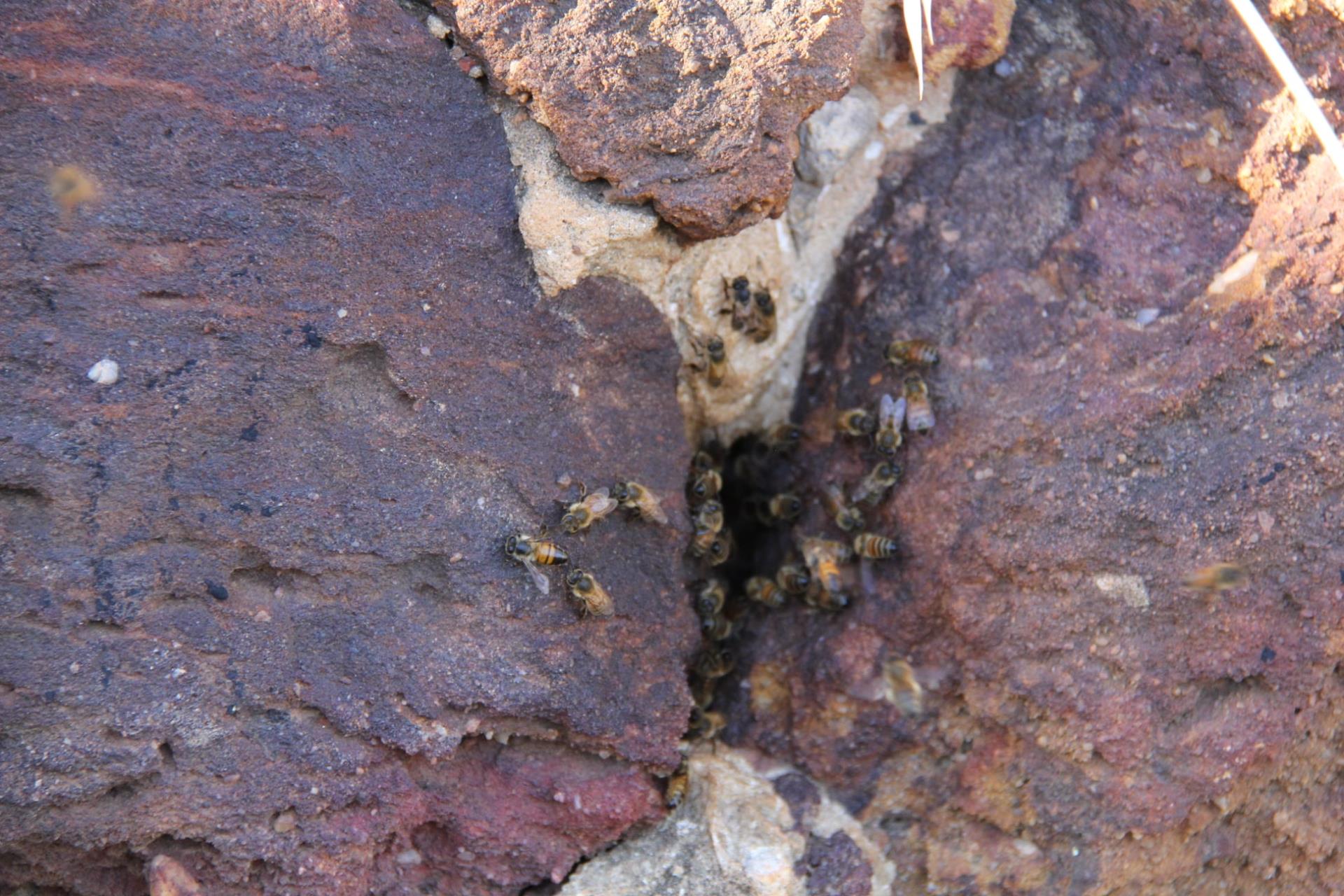European Honey Bees
The European honey bee was introduced to Australia about 180 years ago by the early settler to assist with the pollination of food plants. More here
Feral bees occur when managed hives, both commercial and domestic, are not managed properly. The bees swarm, especially in the summer months, seeking better refuge. They also compete with native animals for nectar and pollen. Plus carry fungal disease and Varroa mites into managed hives posing a health risk threat.
Through direct competition feral bees threaten our native hollow-nesting fauna, including the endangered Carnaby’s cockatoo and brush tail possums, as they compete for the hollow spaces. They also disrupt natural pollination processes while their preference for introduced weeds may hasten the spread of these unwanted plants.
Feral bees are usually aggressive and pose a safety risk to visitors who frequent the City’s park and reserves.
The City manages feral bee populations in our high-priority conservation areas and in other areas where they are posing a threat to the community. This normally involves a local pest control contractor. applying an insecticide to the hives. More here
What can you do to help?
- Report sightings of feral bee swarms or populations in City reserves by emailing council@cgg.wa.gov.au
- Undertake good management practices if you have backyard bee hives. More here

Photo: Feral bee colony in the Chapman River Regional Park